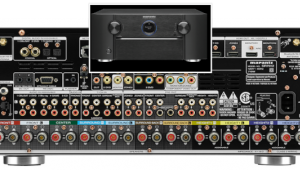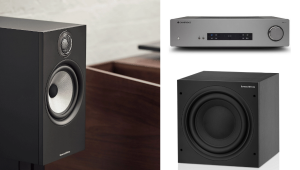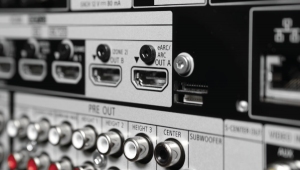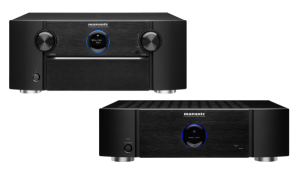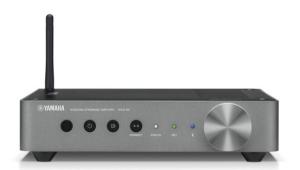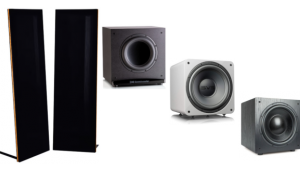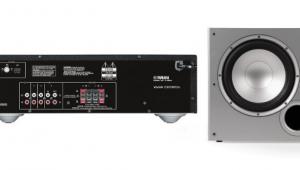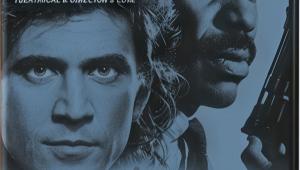Is High-Res Audio All Hype?
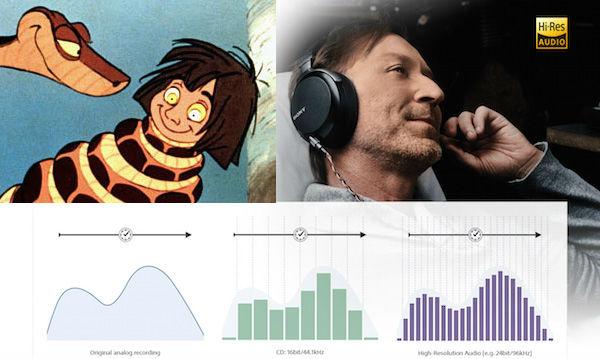
Q For the past few years I've been following the High-Res Audio "movement." After reading several articles in Sound & Vision, I finally decided to order an AudioQuest DragonFly Black and rip a few of my favorite 90s rock/alternative CDs to FLAC format. I also downloaded the HDtracks sampler and purchased 96/24 versions of Pearl Jam's No Code and Muse's Drones. I couldn't wait to “hear my music again for the first time." Know what? It didn’t matter if I listened with my Apple EarPods, Bose SoundTrue headphones, or Logitech desktop speakers, I couldn't hear any differences! What gives? Do I really have to spend $1000 on headphones to appreciate hi-res audio? Is the problem the distortion and effects in the music I typically listen to, or is High-Res Audio all hype? —Adam Head
A First off, let me say that I sympathize with your struggle to grasp the benefits of High-Res Audio (HRA). It’s not easy to hear differences. In some cases, there aren’t significant differences to be heard. Let me explain.
HRA is an end-to-end ecosystem. It starts out with high-resolution digital masters either recorded and mixed in digital format or sourced from analog tape. Those files are distributed by music labels to online stores like HDtracks in high-res format (typically 96/24 or 192/24 FLAC, ALAC, AIFF or WAV formats, but also DSD) to be made available for download. While most sites vet files to ensure that they are indeed high-res , there have been cases where files include upsampled source material. Basically, the stores trust that what the labels give them is the real deal. (On a related note, ripping your CDs in FLAC format won’t make them high-res — the files still will be 44.1kHz/16-bit resolution.)
The second segment of the ecosystem is playback hardware: your computer and DAC, or portable player. While the sound cards on many computers can handle high-res, computers add noise to signals, and most have cheap built-in DACs that reduce sound quality by adding jitter to the data stream. That’s why it’s a good idea to use a separate DAC like your DragonFly Black, which can improve the sound quality of not just high-res, but regular CD-res, and even compressed files. Software is another important component of high-res playback: Popular programs like iTunes don’t provide native support for the FLAC format, so you need to seek out alternatives like Pure Music (an iTunes “add-on”) or JRiver Media Center (a complete media player with high-res FLAC support). In addition, your computer’s audio output settings need to be configured so that signals are passed to the DAC with the correct sampling rate and bit-depth (96kHz/24-bit, for example).
The last segment is speakers and headphones. At the risk of sounding like a snoot, basic computer speakers and Apple EarPods aren’t likely to deliver any sonic benefits that exist with HRA. Even your Bose SoundTrue headphones might not be up to the task. There are good reasons why most (but certainly not all!) high-end audio components such as the $1000 HiFiMan Edition X headphones that Sound & Vision used in its test of the DragonFly Black cost more: they are designed to reveal a higher level of sonic transparency and detail, and are carefully manufactured using premium parts.
Finally, there’s the issue of recording quality. As much as I like 90s Alternative/Indie rock, there are few examples I can cite from that genre and era that could be considered audiophile-quality. And yes, music that’s heavy on distortion and effects won’t necessarily sound better in high-res. Recordings that use acoustic instruments and cleanly recorded, unprocessed vocals make it easy to hear differences in equipment during listening sessions, which is why many audio product reviewers use classical, jazz, and roots/folk music for their tests.
Here’s the lowdown on HRA: be extra careful with your computer setup, use the best playback gear possible, and don’t expect to hear magic from every recording that’s labeled as high-res. Yes, there is hype surrounding HRA. But it’s not all hype.
